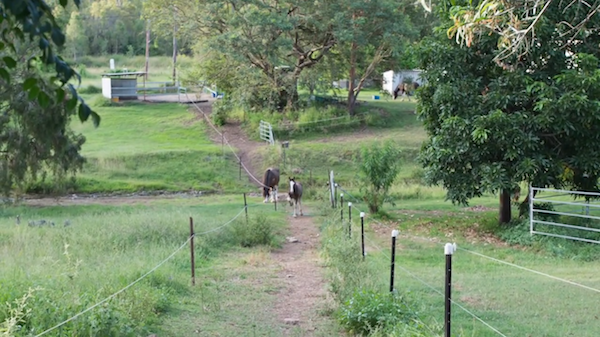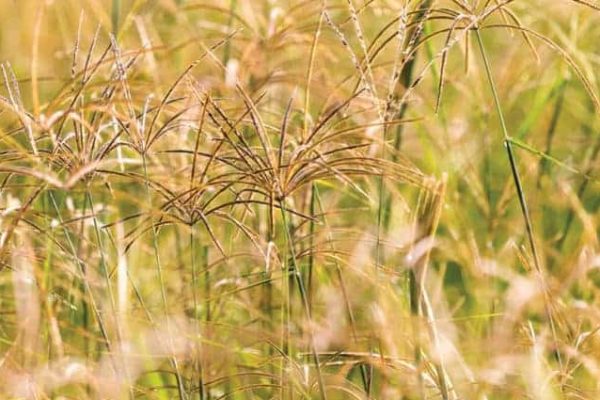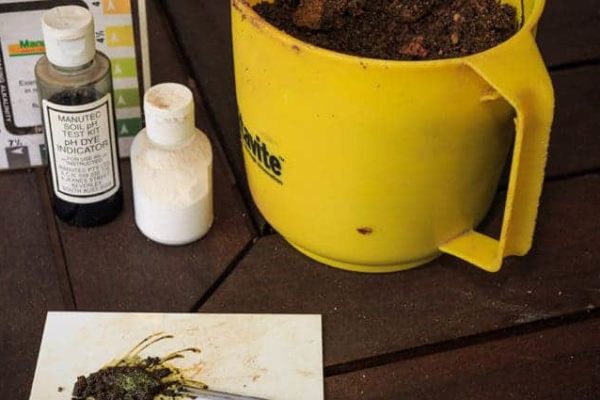We asked horse and land owners to tell us a short story about their property, pasture and/or horse management journey. We are all aware that this an ongoing process with lots of new learning curves (as we progress). However, each story is unique, and will have some valuable tips that may help you on your journey. Even just the motivation to make changes could already be useful, as shifting the way we think, farm and manage our horses could be a daunting process with lots of ups and downs trying to figure out what works for us.
Today Jane Stephens is sharing her brief story about the changes she made on her property, which is located near Rockhampton QLD, Australia (approx. 8.2 ac of grazing area). Rockhampton climate may be classified as Subtropical. The city is situated on the Tropic of Capricorn and lies within the southeast trade wind belt, too far south to experience regular north west monsoonal influence, and too far north to gain much benefit from higher latitude cold fronts.
Jane has been living at her property for 26 years since her parents first bought it. Jane purchased it from them in 2010 and has done all the work since then. She has provided us with a YouTube video that displays pictures of the soil/pasture and paddock development over the years. Thanks for sharing Jane!
Jane has been working on her property and pasture system since 2013 and has set up permanent paddocks and temperately laneways. She explains, “ The first photo in the video was from when I first moved here and I kept 5 horses in the 1 paddock, plus we had a drought of about 5 years. Since 2003 I have bred Clydesdales, usually keeping 2 breeding mares a yearling and 1 to 2 foals until weaning. As of this month I am downsizing to 2 mares and a Quarter Horse gelding”. At present Jane has 8.2 acres split into 8 paddocks (see picture in video). There are 6 paddocks leading to 1 central point and 2 other paddocks leading to another central point but it doesn’t have a permanent yard around it yet. Both central point systems have a road base to reduce trampling and mud build up (due to heavy rains).
Jane further elaborates, “I have ceased using a poo vac and introduced dung beetles. I now mainly use dung beetle friendly de-wormers. I mow each paddock after use to help spread the left over manure. The manure I do clean up, I now put in a compost pile and have spread my first composted manure.” By adopting this practice and buying and laying grass on her bare patches she has now 99.9 % grass coverage. Jane notes that she has a very small erosion problem in her laneway, which she will be working on next using roadbase and log steps.
Her efforts have paid off and she has now a variety of grasses in her paddocks including Top cut/Finecut Rhodes, Eurocloah, Blue Bisset, Indian Blue Grass, couch, Sir Walter, Windmill, red Natal grass and Green Panic. “I have a patch of Johnson’s grass I am slowly getting rid of and been battling some grader grass”.
Jane explains that all her changes have been conducted since 2008, which had normal to good wet seasons with water in her creek and waterhole consistently. She is wondering how the system will cope with a dry season or 2.
The EP teams thanks Jane for sharing her story. Please keep us posted on your changes and how your system response in a drought period!
If you have any questions for Jane, please use the comment box below. We will keep you posted on her progress.
 About Jane
About Jane
Jane is an Equine Vet nurse but her main interest has been breeding Clydesdales since 2003. She shows them in hand and they are broken to ride and pull ploughs/carts. Jane recently reduced down to 2 Clydesdale mares and a QH gelding.
https://youtu.be/JunCh-nl7TQ?list=UUHA21Pza3RDFJf5n7CZ7BHQ





Comments(3)
Jannie Smit says:
April 15, 2015 at 2:13 amHi Jane,
Great to see how you changed your place in such short period of time. Well done.
You mentioned that you have introduced Dung Beetles and use Wormers that don’t kill the Beetles.
Can you tell me how you introduced the Dung Beetles and what wormer you use.
Thanks a lot for sharing your story.
Cheers
Jannie
Equine Permaculture says:
April 15, 2015 at 5:14 amI have passed your question on to Jane!
Jane Stephens says:
April 15, 2015 at 10:34 pmSo i stopped using ivermectin wormers and after a month or more I went to a friends place which was the local saleyards and went arounf the paddock with a bucket of water and a shovel lifting up all the cow dungs. When i was quick enough to find the beetles you scoop the poo into the bucket of water and they float to the top. You then scoop them out and put them in a container. When i got home i scattered them in the freshest poos throughout the paddocks. Everyone’s place i went to for the next few months I would pinch dung beetles and bring them home. Another friend did the same and brought me 2 small buckets a few months apart. It didn’t take long for them to establish. All ivermectin wormers BESIDES moxidectin will kill some stage of the lifecycle of the beetles Moxidectin Equest gel) is the only safe mectin. The other safe wormers are everything but mectins so wormers ending with azole eg oxfenbendazole, pyrantel and praziquantal, there are 5 all up. If you must rotate with a mectin do it in the coldest month of the year as that is when the beetles are dormant, you may still kill some but not as many as the warmer or wetter months when they are active. You can kill up to 30000 beetles in one pile of dung when they are active. I have also found by default that if you use injectable ivermectin (off label) it doesn’t seem to kill them. I assume this is becasue the wormer doesn’t come out in the poo the next day as it works through the blood stream.